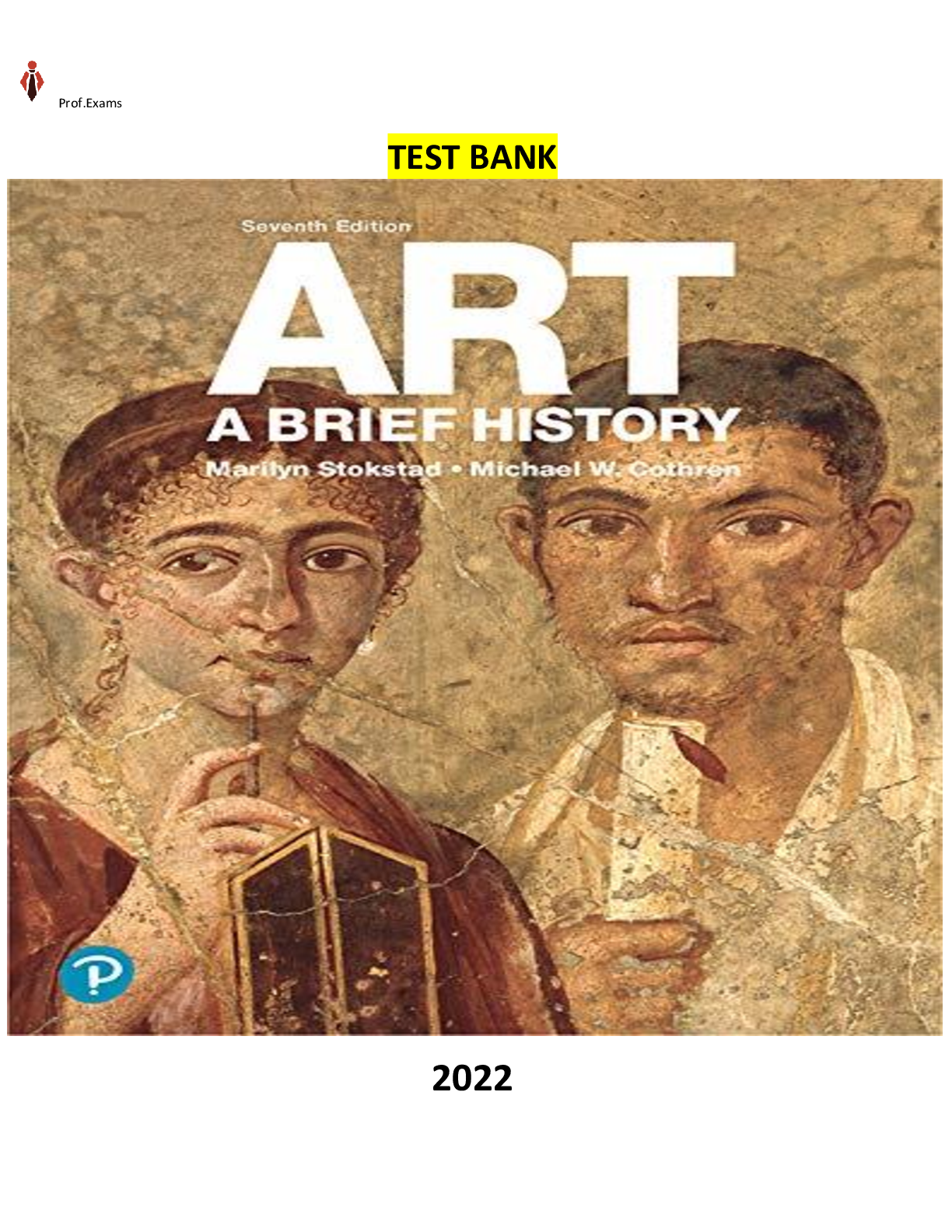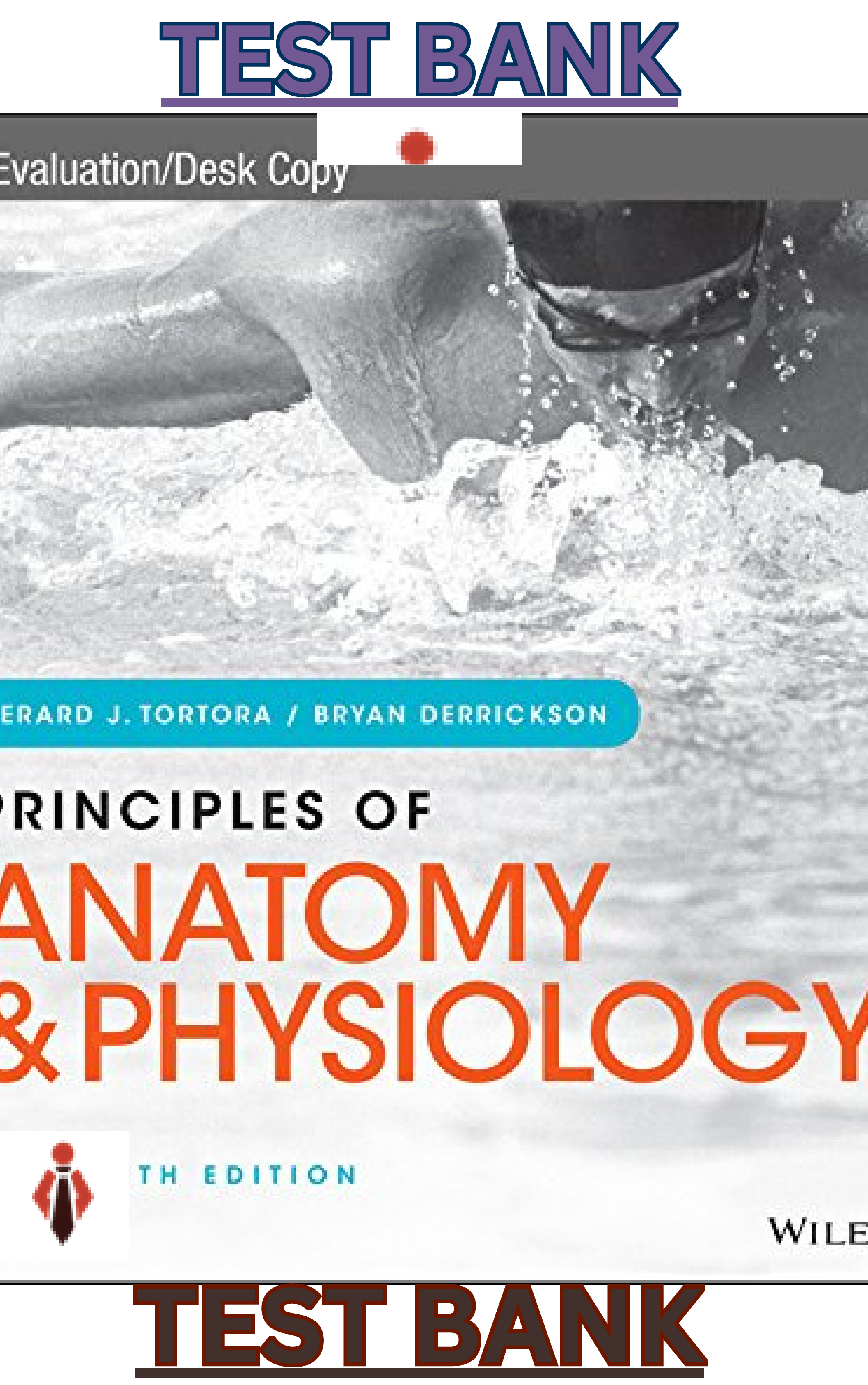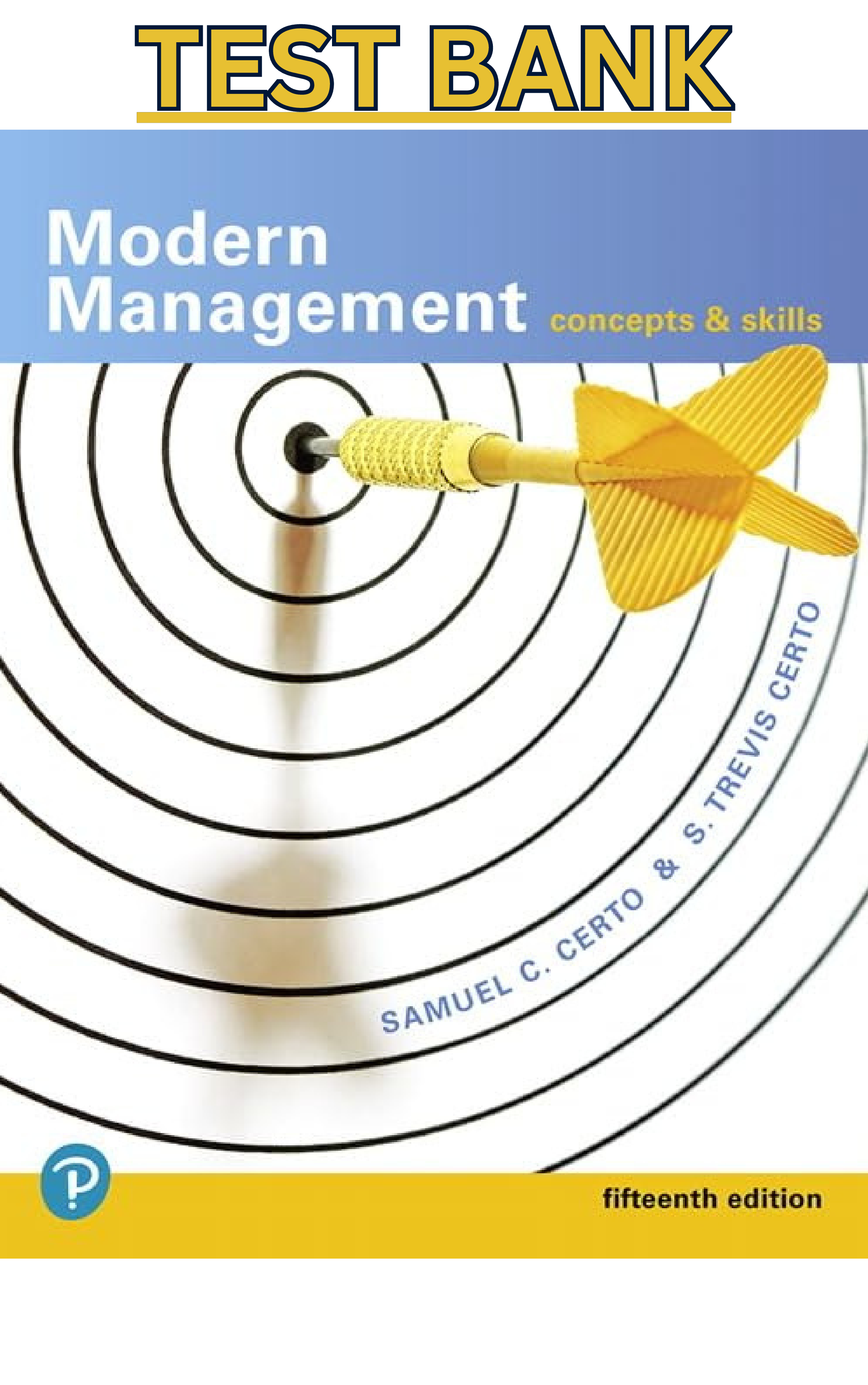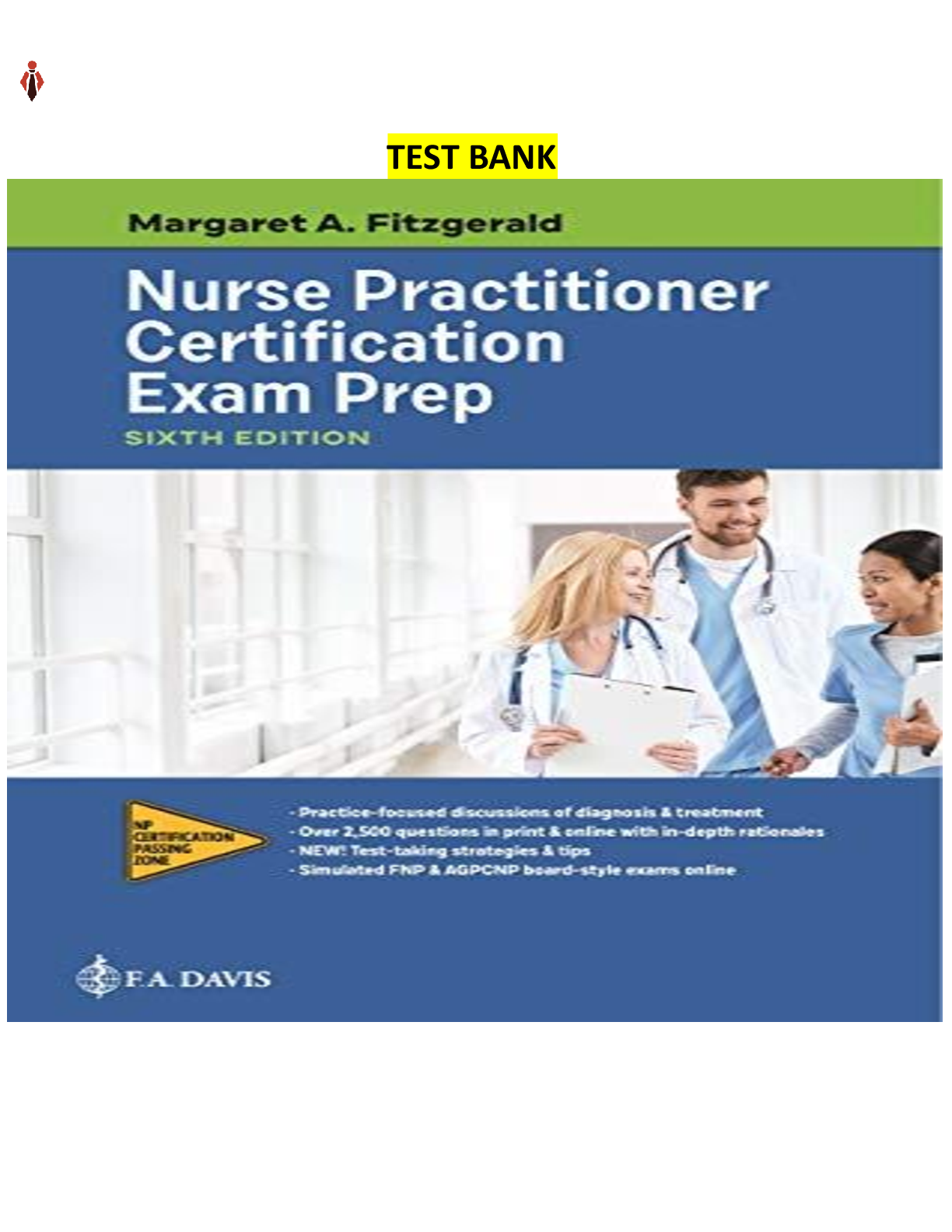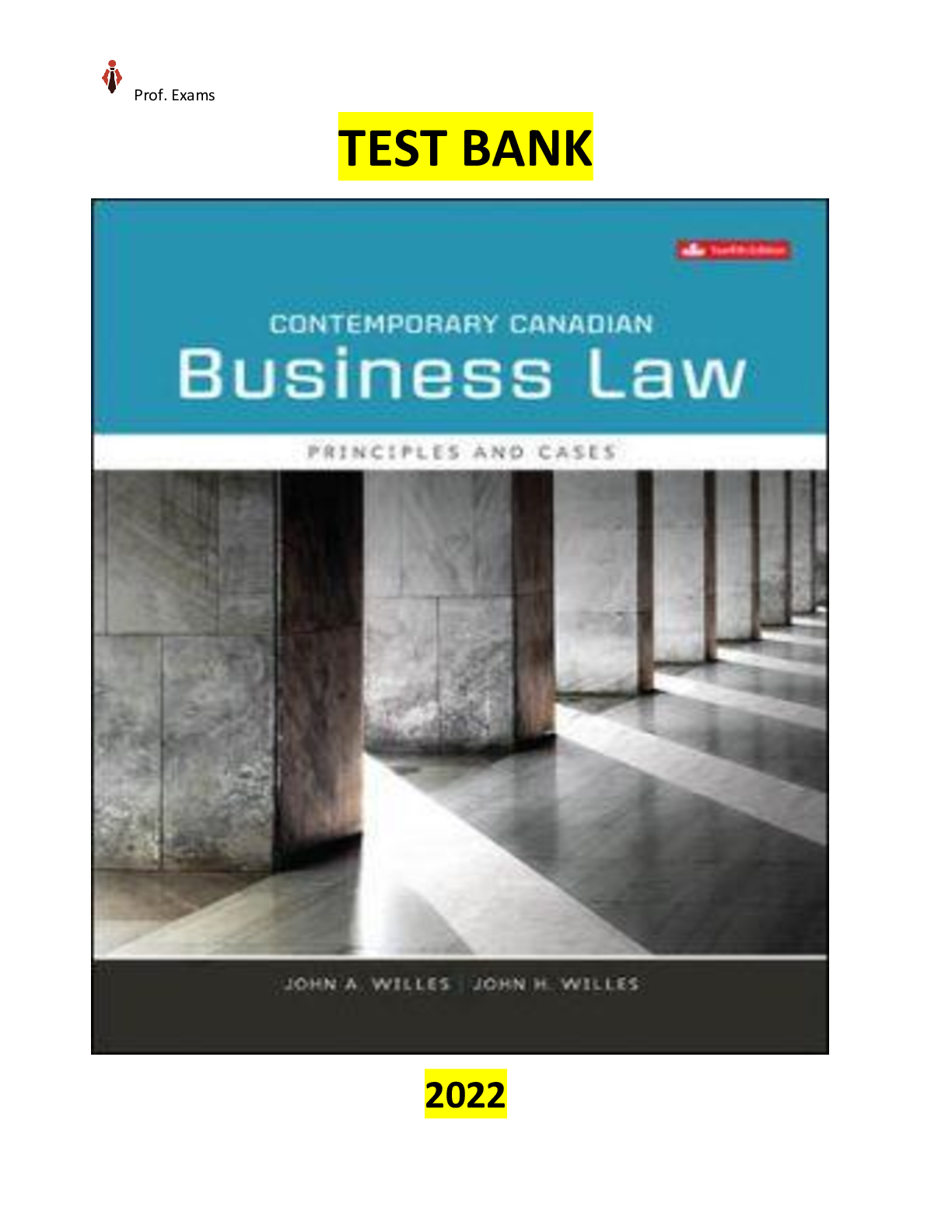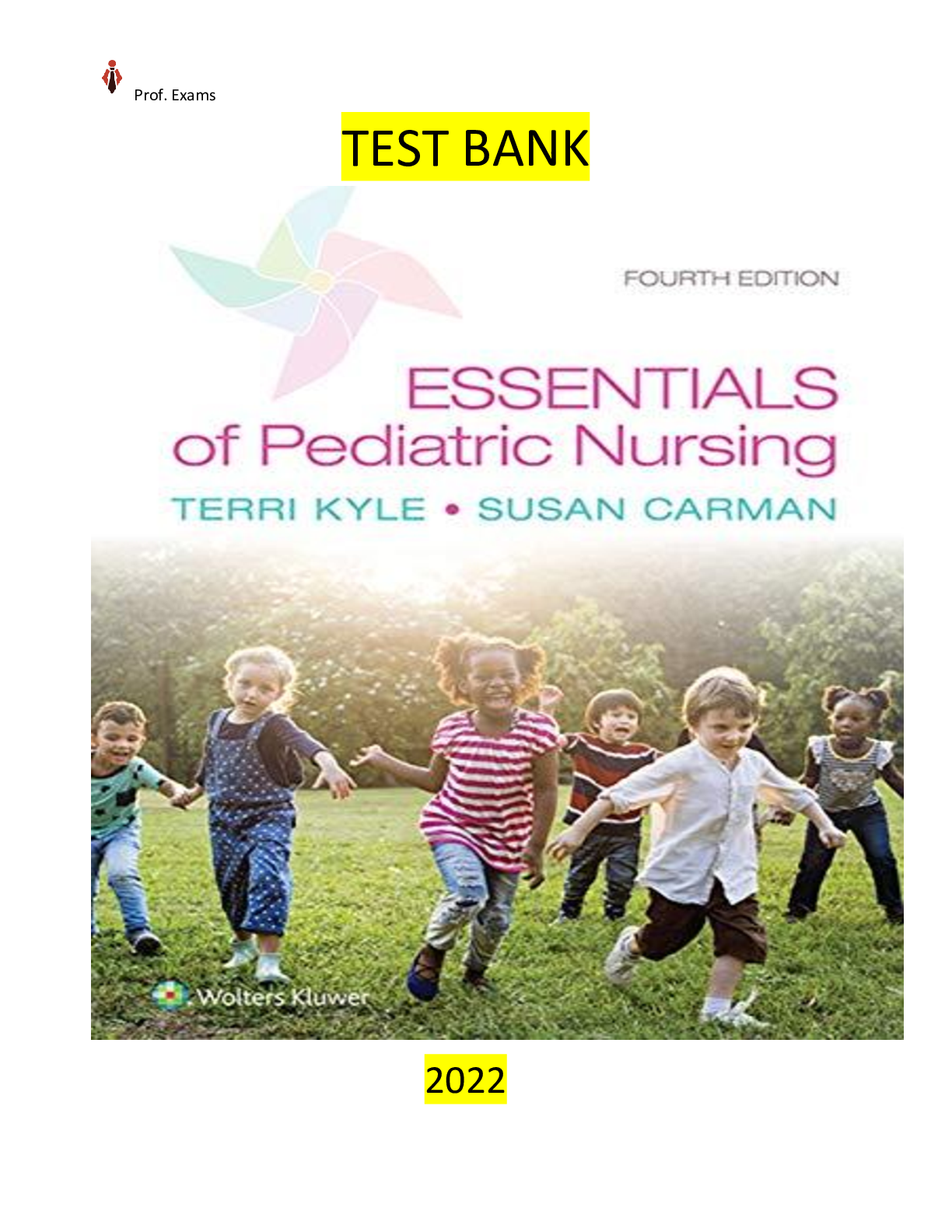Statistics > TEST BANKS > COMPLETE - Elaborated Test Bank for An Adventure in Statistics: The Reality Enigma 2ED.by Andy Field (All)
COMPLETE - Elaborated Test Bank for An Adventure in Statistics: The Reality Enigma 2ED.by Andy Field -ALL Chapters included and Updated for 2022
Document Content and Description Below
COMPLETE - Elaborated Test Bank for An Adventure in Statistics: The Reality Enigma 2ED.by Andy Field -ALL Chapters included and Updated for 2022 COMPLETE - Elaborated Test Bank for An Adventure i... n Statistics: The Reality Enigma 2ED.by Andy Field Chapter 1: Why you need science Chapter 2: Reporting research, variables and measurement Chapter 3: Summarizing data Chapter 4: Fitting models (central tendency) Chapter 5: Presenting data Chapter 6: Z-scores Chapter 7: Probability Chapter 8: Inferential statistics: going beyond the data Chapter 9: Robust estimation Chapter 10: Hypothesis testing Chapter 11: Modern approaches to theory testing Chapter 12: Assumptions Chapter 13: Relationships Chapter 14: The general linear model Chapter 15: Comparing two means Chapter 16: Comparing several means Chapter 17: Factorial designs Chapter 1: Why you need science 1. The research process involves a series of steps to systematically reach conclusions about a phenomenon of interest. We observe that there are differences in the salaries of men and women for doing the same job, what is the population of interest that we would need to collect information on to carry out our research? a) All individuals aged 18 and over in a population b) Male workers earning more than the average salary c) All individuals who are at the legal age of working d) All individuals who have worked at least 1 hour in the last week Ans: D Explanation: we are interested in comparing the salaries of men and women who participate in the labour market 2. Which statement best describes a theory? a) An approach to explain a phenomenon in the real world b) A set of principles that describe individuals’ behaviours c) A set of principles specific to the observation or situation of interest d) A general principle that applies to all populations Ans: A Explanation: a theory is a principle or set of principle that we use to explain an observed situation or event (i.e., a phenomenon) that include but is not limited to individuals’ behaviours 3. For the following statements, indicate which ones are non-scientific: a) Friendship bonds are unbreakable b) Dogs are better than cats c) Films are better enjoyed with popcorn Ans: B a) Scientific: we can measure the length of any friendship bond, which might or might not last forever b) Non-scientific: individuals’ preferences for dogs or cats can be measured; however, we cannot have an objective measure of which animal is best. c) Scientific: we can measure the level of satisfaction of the same people watching a film with and without popcorn and find out whether there are differences in their level of enjoyment. 4. When do we need to draw a random sample? a) When we have information from all entities of interest b) When the population is large enough to be representative c) When the population is too big to collect data for all the entities of interest d) When we need information about entities that are representative of the population 2 Ans: C Explanation: for large populations is not feasible to collect data for all entities (e.g., individuals), so we need to draw a random sample that ensures it is representative of the population 5. We draw 5 samples of 30 young adults aged between 18 and 25 to conduct some research on the number of concerts young adults go to within a year. We find the following averages: 6, 14, 7, 10 and 9. What can we conclude from the given information? a) The sampling variation would get larger with an additional 5 samples b) Most samples overestimate the true parameter of the population c) The sampling error is largest for the sample with an average statistic of 6 concerts a year d) The best estimate we have of the population parameter is the average of these 5 sample statistics Ans: D Explanation: In the absence of knowing the true value of the mean of the population from which have drawn our samples, the best estimate is the mean of our samples means. 6. The assertion that a variable measured in natural conditions causes an outcome to vary is possible under: a) A longitudinal research design b) A cross-sectional research design c) An experimental research design d) An exploratory research design Ans: D Explanation: we could establish a relationship between two variables that have not been manipulated by the researcher (natural conditions). Also, and provided we use a longitudinal research design, we could determine a time sequence between the cause occurring prior to the effect. However, without the possibility of using an experimental design, we would need to rule out any other confounding variables as potentially being the cause. 7. When the results of an experiment can be applied to real-world conditions, that experiment is said to have: a) Criterion validity b) Ecological validity c) Content validity d) Factorial validity Ans: B Explanation: For a research study to possess ecological validity, the methods, materials and setting of the study must approximate the real-life situation that is under investigation 8. Imagine that we find an association between people drowning in a lake and consumption of ice cream. What is the correct conclusion we can draw from this association? 3 a) The higher intake of ice cream positively affects the chances of drowning b) A tertium quid variable ‘month of the year’ is influencing both variables c) We can conclude a cause-effect between ice-cream consumption and drowning d) The association between intake of ice cream and drowning in a lake is weak Ans: B Explanation: The summer season triggers more bathers into lakes, which increases the risk of drowning, while the heat in summer induces more people to consume ice-creams. 9. A variable manipulated by a researcher is known as: a) An independent variable b) A dependent variable c) A confounding variable d) A discrete variable Ans: A Explanation: An independent variable (or predictor variable) is a variable that is thought to be the cause of some effect. This term is usually used in experimental research to denote a variable that the experimenter has manipulated. 10. The purpose of a control condition is to: a) Show up relationships between predictor variables. b) Control for participant characteristics. c) Rule out a tertium quid. d) Allow inferences about a cause. Ans: D Explanation: A properly constructed control condition provides you with a reference point to determine what change (if any) occurred when a variable was modified. 11. In a study interested in comparing the effects of owning or not a cat on single adults’ emotional well-being, what statement about the variation is correct? a) The systematic variation will be bigger than unsystematic variation b) The systematic and unsystematic will be about the same c) The unsystematic variation will be greater than systematic variation d) In this kind of study design the variation is not an issue Ans: C Explanation: In independent designs in which we contrast two groups, with or without a cat, we have narrower scope to control for noise, thus we have more variability that is uncontrolled. 12. If we want to tackle potential problems of variation in a study using a within-subject design, an efficient strategy would be to: a) Assign participants of an experiment to random conditions COMPLETE - Elaborated Test Bank for An Adventure in Statistics: The Reality Enigma 2ED.by Andy Field -ALL Chapters included and Updated for 2022. [Show More]
Last updated: 2 years ago
Preview 1 out of 91 pages

Buy this document to get the full access instantly
Instant Download Access after purchase
Buy NowInstant download
We Accept:

Reviews( 0 )
$17.00
Can't find what you want? Try our AI powered Search
Document information
Connected school, study & course
About the document
Uploaded On
Mar 27, 2023
Number of pages
91
Written in
Additional information
This document has been written for:
Uploaded
Mar 27, 2023
Downloads
0
Views
87

